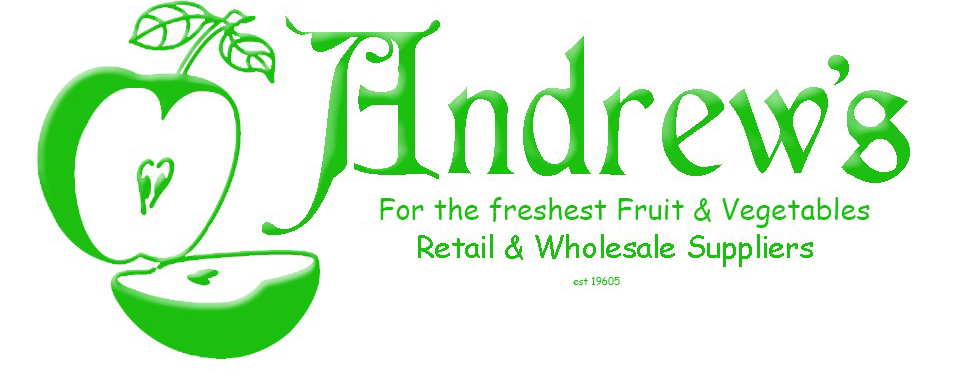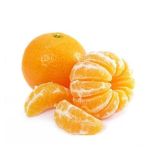| Product Amount | Each |
|---|---|
| Est. Delivery Availability | Next Day Delivery |
| Delivery Services Availability | Local Delivery & Nationwide Delivery Available |
Globe Artichokes
Useful Information
Artichokes are really members of the thistle family. If allowed to open fully, they turn into large, striking-looking purple thistles. They have been popular in European Kitchens since the days of the ancient Romans, and were first cultivated along the shores of the Mediterranean, mainly in Italy. Today, probably the best artichokes producing area in the world is on the coast of northern California.
Artichokes are actually flower buds, and must be picked while the heads are still compact, tightly closed and bright green. The first thin you should know about harvesting globe artichokes is that they will note all the the same size. Some will be ready to pcik when still fairky small, others will have grown quite big before they start to open.
Harvesting
The best way to harvest them is to cut through the steam about 2.7cm (1.5 inchs below the base of the head. You can go on harvesting them as and when they mature. This indicates the end of the season. If you then cut off the stem at its base, new shoots will grow from the base next season. Given this kind of care, globe artichokes will usually carry on producing for 3 to 4 years.
Storage
Don't wash the artichokes until you are ready to use them. After picking, you can store them in a plastic bag in the refigerator for up to 4 days. For long-term storage, whole artichokes without their chokes (fuzzy centres) or just their bases (without leaves or chokes) can be blanched and frozen.
How to Prepare
For the best resukts, place the artichoke on its side on a chopping board. Slice off the stem to make the bottom surface flat. Next, cut off about 2.5cm (1 inch) of the cente top leaves. Square off evenly the tips of the remaining outer leaves with kitchen scissors, and rub all the cut edges and the bottom with the cut side of a halved lemon to prevent them discolouring. As each artichoke is prepared, put it into a large bowl filled with water containing a few tablespoons of vinegar or juice of half a lemon.
You can cook the artichokes a they are if you want to eat the tender centre leaves called the heart. In this case, each person takes the choke out of his own artichoke after nibbling the soft base ends of the outer leaves. However, if you want to stuff the artichokes, use this method.
Open the centre of each artichoke with your fingers, pushing the leaves apart. To push it further open, turn it upside down on the work-top or chopping board and press on the bottom with both hands Remove the fuzzy choke from the centre with a teaspoon and pu the artichoke back in the water. When all the artichokes have been prepared in this way, take them out of the water and drain them thoroughly. They are now ready for stuffing or cooking.
The part of the artichoke which remains when all ther leaves and the choke have been removed is call the artichoke base or bottom, or the fond (the French term). It is often served by itself. It has a hollow in the cente which can be hold a good spoonful of stuffing or thick sauce. To prepare an artichoke fond, blanch whole artichokes in boiling unsalted water for 20 to 30 minutes, depending on the szie or toughness of the leaves. Remove from the boiling water and then bend back and twist each leaf in turn, to take off without breaking the base. Remove the choke. Trim the bottom to neaten it. It is then ready for stuffing.
How To Eat
When whole artichokes are served, begin by fulling off the leaves with your fingers one at a time, and eat only the light green bit at the base of each leaf. This is easiest to do by pulling the leaf through your theeth. The rest of the leaf is discarded. After dealing with all the outer leaves, eat the whole of the small, pale tender leaves in the centre. Remove the choke. Then cut the bottom into peices and eat with a fork.
Artichokes are usually served with a hot or cold dip. Lemon butter, mayonnaise and hollandaise sauce are popular dips.
Artichokes are low in caloriesm and also contain modest amounts of vitamins A, B and C, and assorted minerals. They are a great food for slimmers because it tkaes a long time to eat one!
Allow 1 medium to larger artichoke per person.
Nutritional Information
 |
 |
 |
||||
| Veg | Artichoke | Veg | Jerusalem Artichoke | Veg | Asparagus | |
| Nutrition (Per 100g) | ||||||
| Energy | 144KJ / 35kcal | 335KJ / 79kcal | 119KJ / 28kcal | |||
| Fat | 0.2g | 0.1g | 0.6g | |||
| of which saturates | trace | not applicable | 0.1g | |||
| Carbohydrate | 2.7g | 17.5g | 2.0g | |||
| of which sugars | 1.3g | 9.6g | 1.9g | |||
| Fibre | 5.4g | 1.6g | 1.7g | |||
| Protein | 2.8g | 2.0g | 2.9g | |||
| Salt Equivalent | 0.1g | not applicable | not applicable | |||
| Sodium | 0.03g | trace | not applicable | |||








